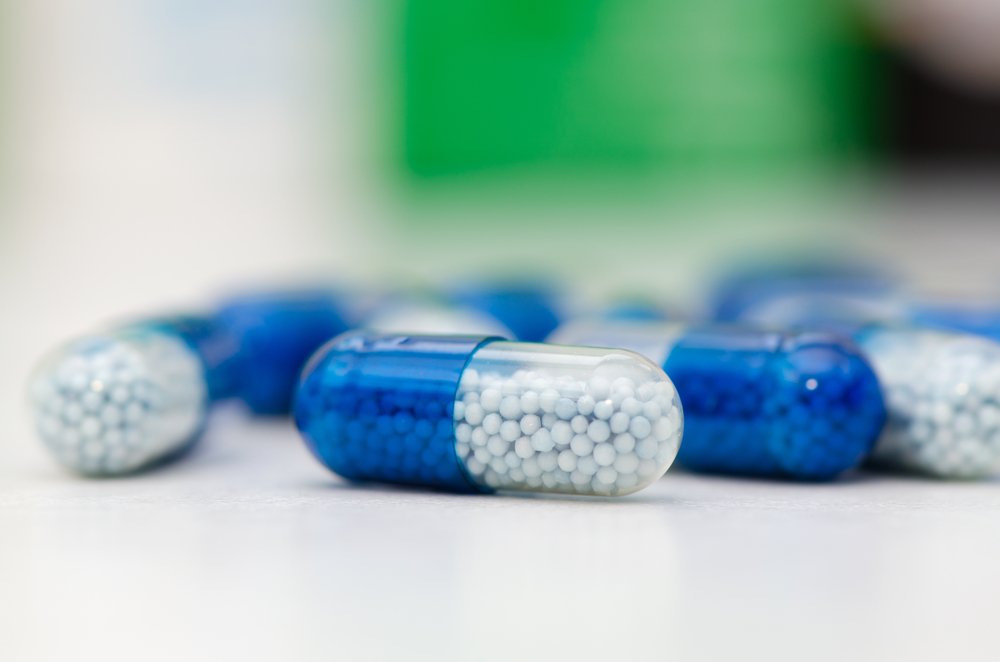FDA Reviewing ADS-5102, Possible 1st Treatment for Levodopa-induced Dyskinesia in Parkinson’s

Treatment with ADS-5102 (amantadine) significantly decreased levodopa-induced dyskinesia and off-time episodes in patients with Parkinson’s disease at three months, and maintained those benefits for another three months, according to results of a Phase 3 clinical trial that may prove pivotal in the medicine’s approval.
Adamas Pharmaceuticals, the treatment’s developer, has filed a New Drug Application for the use of ADS-5102 extended-release capsules to treat levodopa-induced dyskinesia — jerky and involuntary movements — in Parkinson’s patients. The U.S. Food and Drug Administration (FDA) has taken it under review and set Aug. 24 as a possible decision date. If approved, ADS-5102 will be the first treatment available for dyskinesia resulting from levodopa, a first-line treatment for the disease.
Results were published in the journal JAMA Neurology, in the study “ADS-5102 (Amantadine) Extended-Release Capsules for Levodopa-Induced Dyskinesia in Parkinson Disease (EASE LID Study) – A Randomized Clinical Trial.”
“ADS-5102 reduced the duration, severity, and impact of dyskinesia in people with Parkinson’s disease,” Rajesh Pahwa, MD and study’s first author, said in a news release. “These statistically significant reductions were maintained for the entirety of the six-month EASE LID study.”
“Also meaningful is that ADS-5102 significantly reduced off time in the study,” Pahwa said. “To my knowledge, ADS-5102 is the first and only drug with clinically demonstrated reductions in both dyskinesia and off time, conditions which impact physicians’ ability to treat underlying Parkinson’s disease in dyskinetic patients.”
The EASE LID study investigated the effects of once daily ADS-5102 in patients with levodopa-induced dyskinesia, compared to placebo. The drug is taken at bedtime, which helps maintain its levels during morning and waking hours, when dyskinesia usually occurs, improving the drug’s benefit-risk profile.
Results showed that after 12 weeks of treatment, patients given ADS-5102 had a significant decrease in dyskinesia compared to those who received a placebo, as measured by the Unified Dyskinesia Rating Scale (UDysRS), meeting the study’s primary endpoint. Scores on that scale improved by about 30 percent among treated patients. Differences between the two groups remained significant at 24 weeks.
ADS-5102 also induced a significant increase in on time without dyskinesia, about a 40 percent improvement, and a significant decrease of about 45 percent in off time, pooled data at 12 weeks of treatment showed. Off time describes the period when the effects of Parkinson’s medication wears off, and patients experience more Parkinson’s-related symptoms.
The most common side effects include dry mouth, dizziness, peripheral edema, falls, constipation, nausea, anxiety, decreased appetite, and insomnia. In total, 17 patients abandoned the study, 13 of whom were receiving ADS-5102.
“ADS-5102, if approved, will be an important advancement in the treatment of Parkinson’s disease,” said Stanley Fahn, MD, a professor of Neurology at Columbia University. “Many people with Parkinson’s have levodopa-induced dyskinesias, and these can be troublesome and impact their quality of life.”
Levodopa replaces lost dopamine in the brain and is an effective Parkinson’s treatment, but greater doses are needed to maintain efficacy over time and levodopa-induced dyskinesia is a common side effect.






